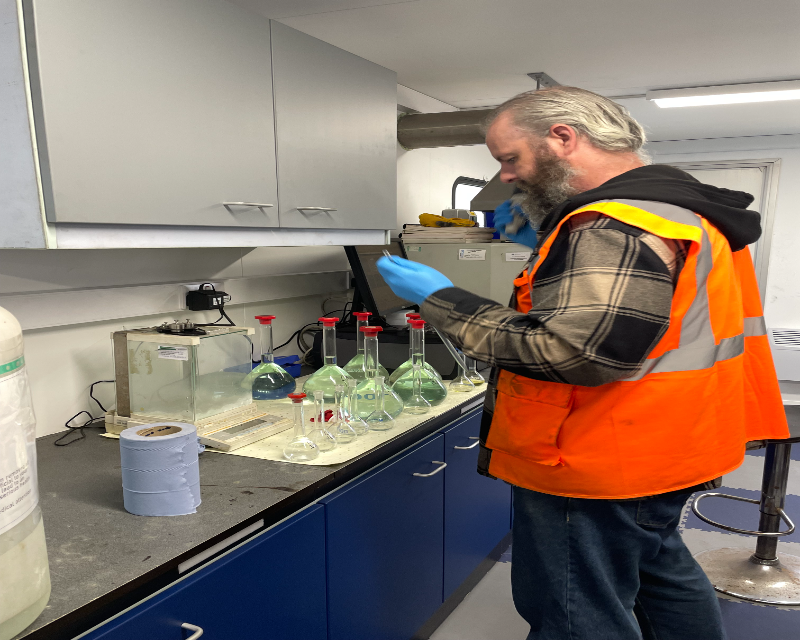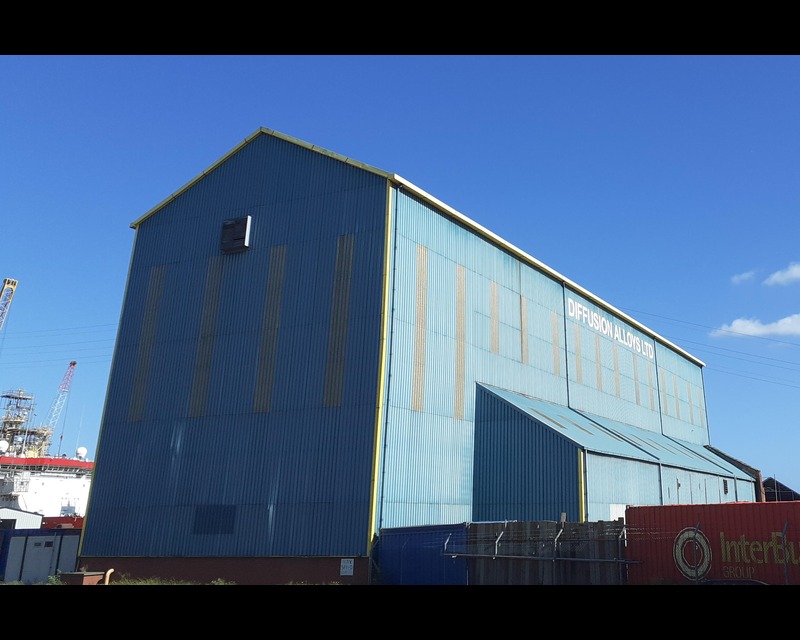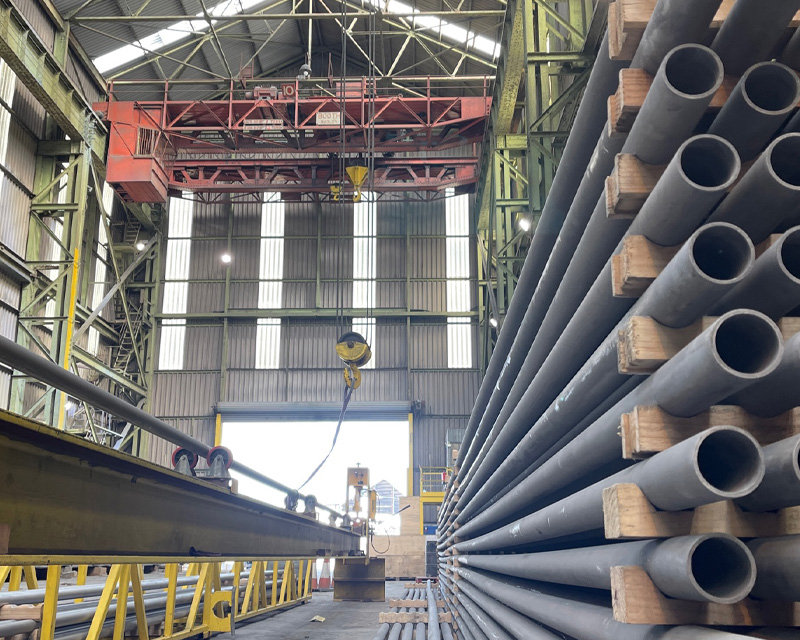
Pack Cementation Explained
Pack cementation is a diffusion process used to modify the surface chemistry of metals by introducing protective elements such as aluminium, chromium, or boron into the substrate.
Rather than applying a coating on top, pack cementation drives these alloying elements into the base material at high temperature, creating a metallurgically bonded diffusion zone that becomes part of the component itself. This method produces durable, high-temperature protective layers that resist oxidation, carburisation, sulfidation, metal dusting, and wear. Problems common in hydrogen, petrochemical, and power-generation environments. It’s a process that combines metallurgical science with practical engineering, providing long-term reliability where conventional coatings fail.
How the Process Works
In pack cementation, components are enclosed in a sealed container filled with a powder mixture called a cementation pack.
This pack typically contains:
• A donor metal powder (e.g. aluminium, chromium, or boron).
• A halide activator, which enables vapour transport.
• An inert filler, such as alumina, to provide bulk and maintain spacing.
When heated in a controlled furnace atmosphere, the activator reacts with the donor metal to form volatile halide gases. These vapour species diffuse through the pack and decompose at the component surface, depositing the donor metal, which then diffuses into the base alloy.
The temperature, duration, and pack composition are adjusted to achieve the required diffusion depth and surface chemistry. Depending on the alloy and process parameters, the resulting surface can form intermetallic phases such as FeAl, NiAl, or FeCr, providing the required corrosion, oxidation, or wear protection.
Variants and Process Control
Pack cementation is adaptable to a range of geometries and component sizes. Variants include:
• Aluminising, to enhance oxidation and metal-dusting resistance.
• Chromising, for carburisation and sulfidation protection.
• Boronising, for extreme hardness and wear resistance.
Diffusion Alloys operates tightly controlled pack processes where furnace atmosphere, heating profile, and component placement are all critical. Each cycle is engineered for consistency, ensuring uniform diffusion depth and predictable coating behaviour.
Applications
Pack cementation is used extensively across industries that demand high-temperature integrity and corrosion protection:
• Hydrogen reformers – coating tubes and manifolds to prevent metal dusting and carbon attack.
• Gas and steam turbines – protecting superalloy blades and casings from oxidation and hot corrosion.
• Aerospace and defence systems – extending life of critical components exposed to heat and aggressive gases.
• Petrochemical reactors and process vessels – improving resistance to carburisation and sulfidation.
• Power-generation and energy systems – providing long-term stability for high-temperature steel and nickel alloys.
Because the coating forms through atomic diffusion, it maintains adhesion under stress, vibration, and temperature cycling, characteristics essential for components that can’t afford failure.
Why Use Pack Cementation
Pack cementation remains one of the most reliable and controllable methods for producing diffusion coatings. It requires no line-of-sight access, making it suitable for complex geometries and internal surfaces such as tubes, manifolds, and cavities. It is a solid-state process, free from liquid waste streams, and capable of producing consistent results at scale. For many critical industries, the process offers the best combination of cost, repeatability, and metallurgical integrity. Especially when engineered with the precision and heritage of Diffusion Alloys.
Why Choose Diffusion Alloys
Diffusion Alloys has specialised in pack cementation for over sixty years. Our engineering teams design, monitor, and qualify every process to meet specific material and service requirements. We supply coatings for hydrogen, petrochemical, aerospace, and energy applications worldwide combining practical experience with scientific rigour. Each batch is verified through metallographic examination, hardness profiling, and diffusion-depth analysis, ensuring that coatings perform as designed in demanding operational environments.



